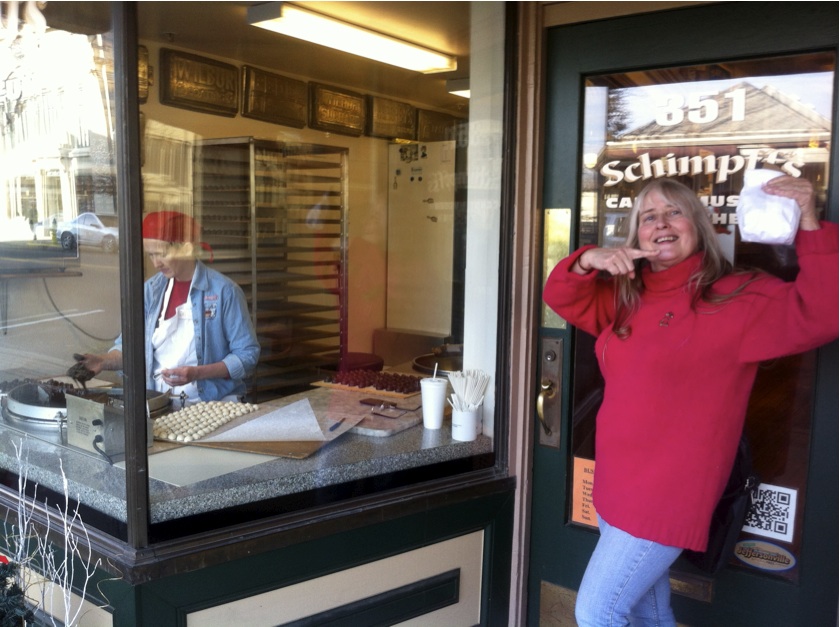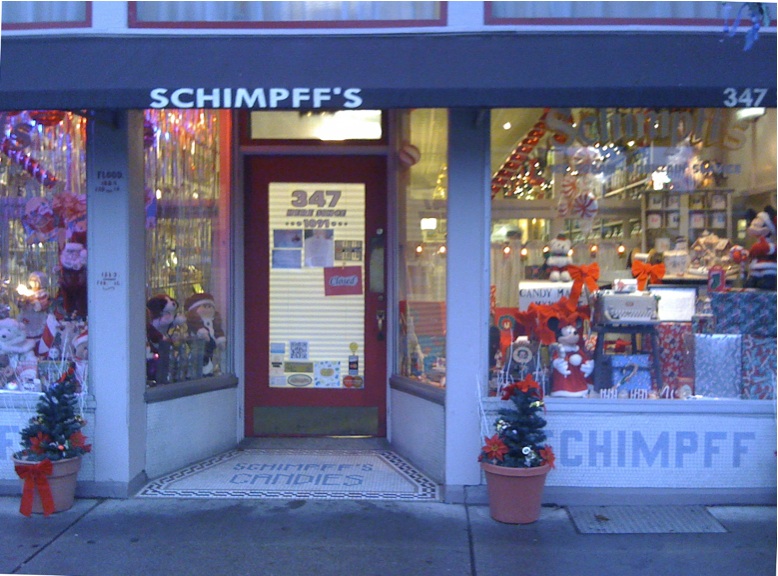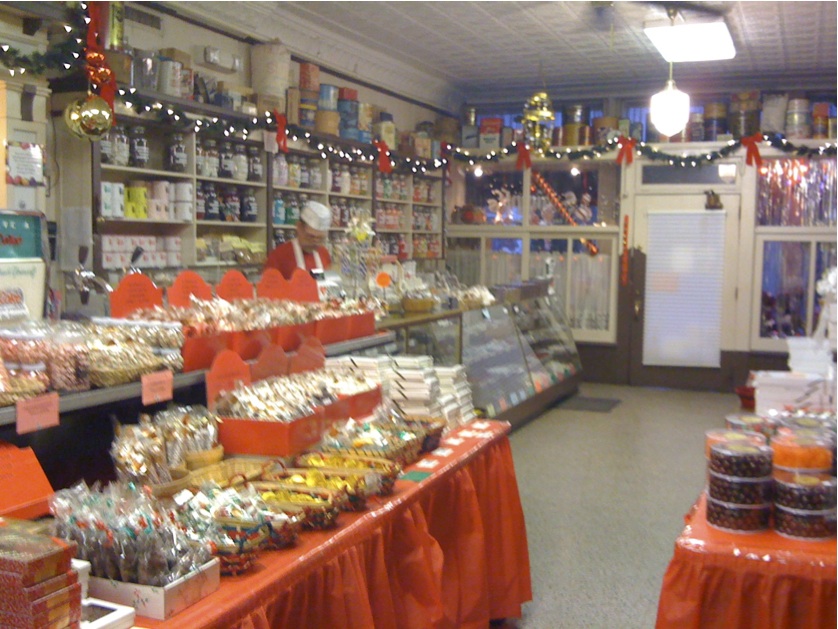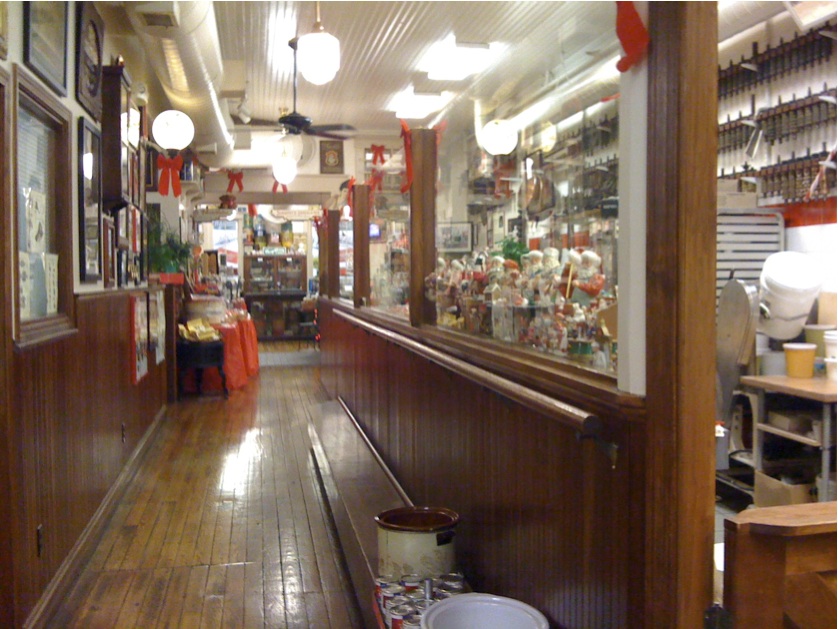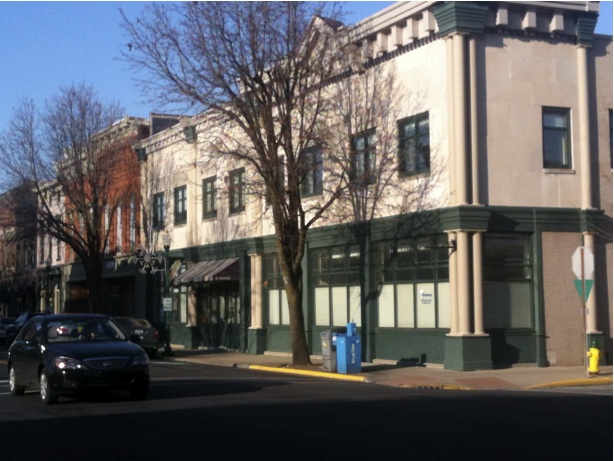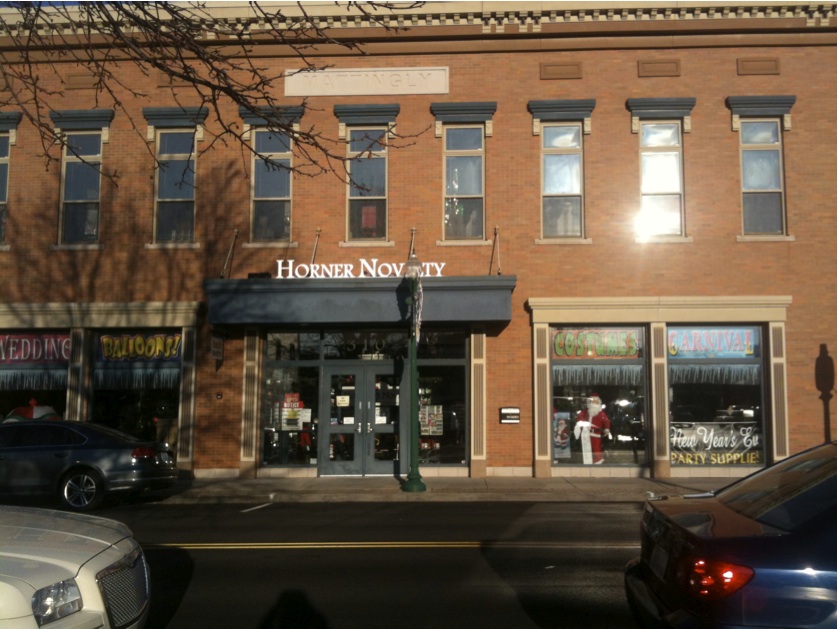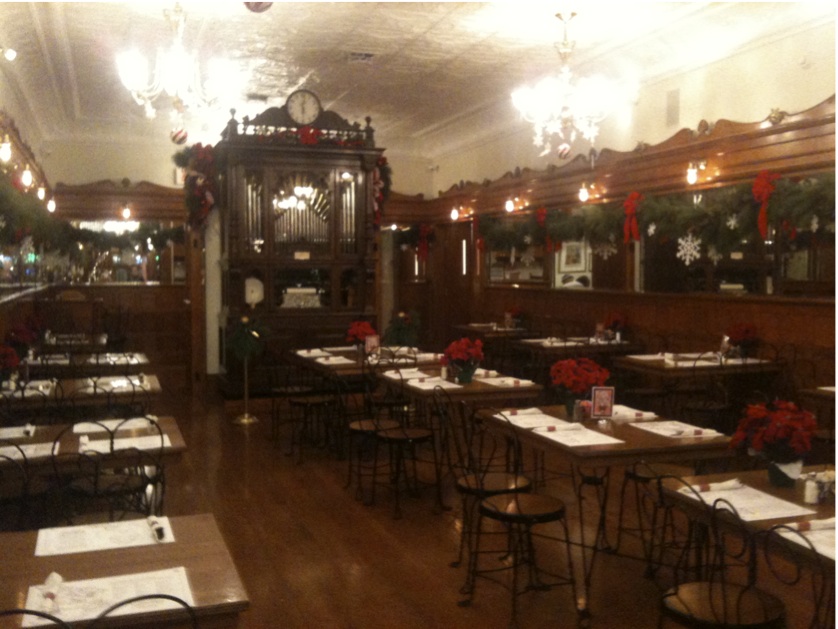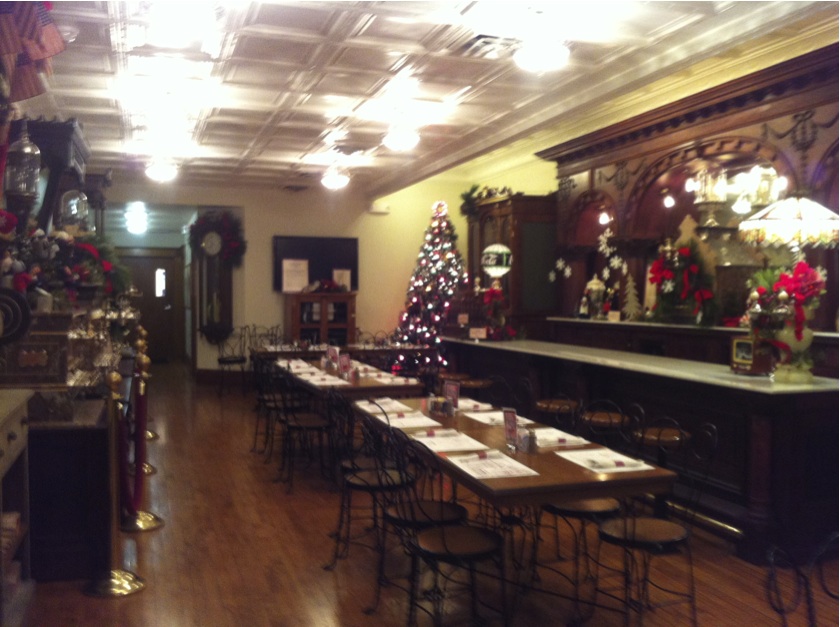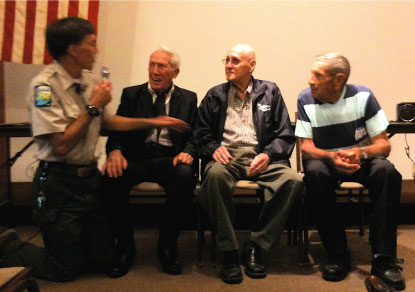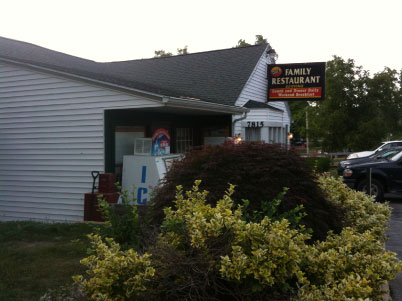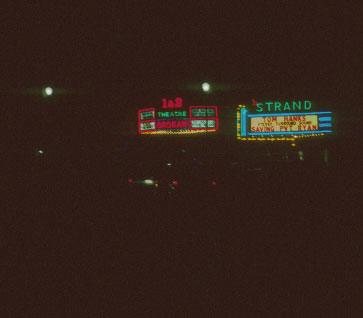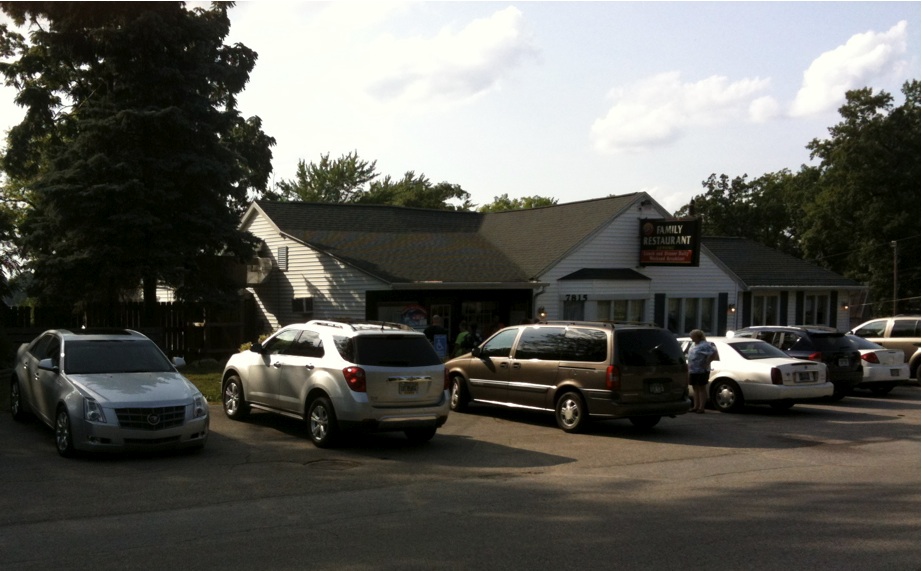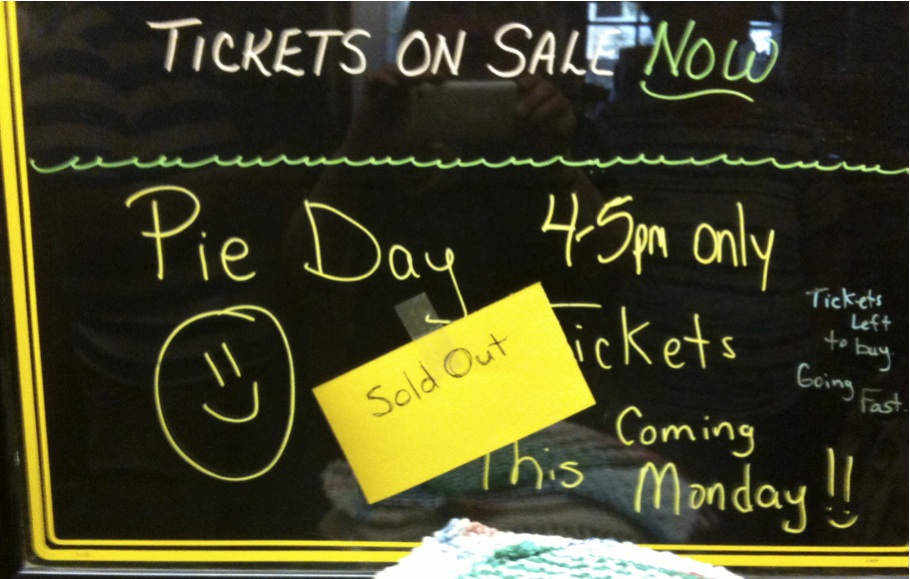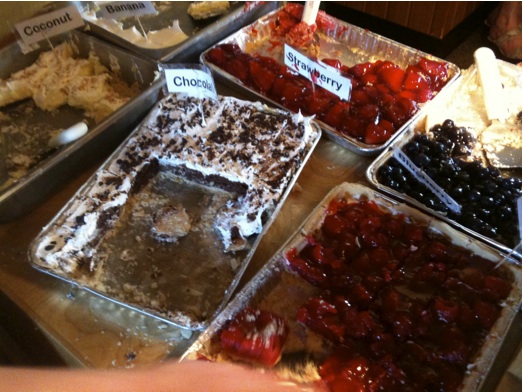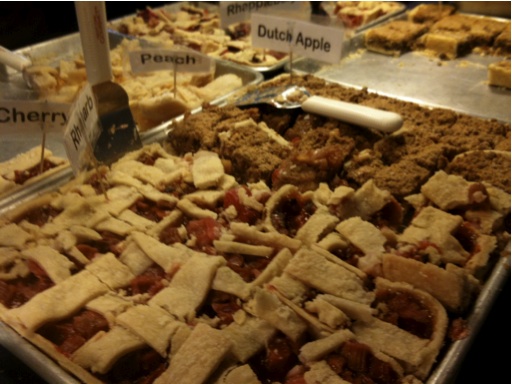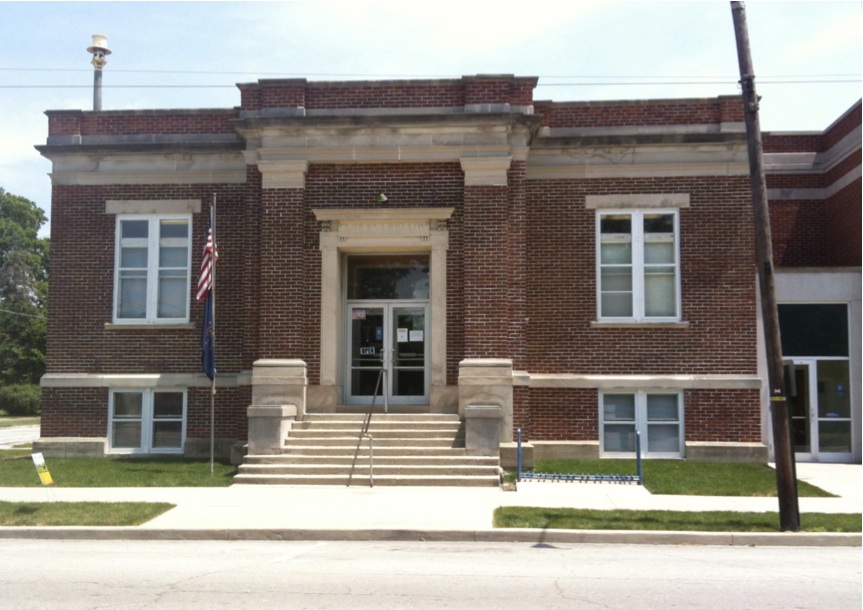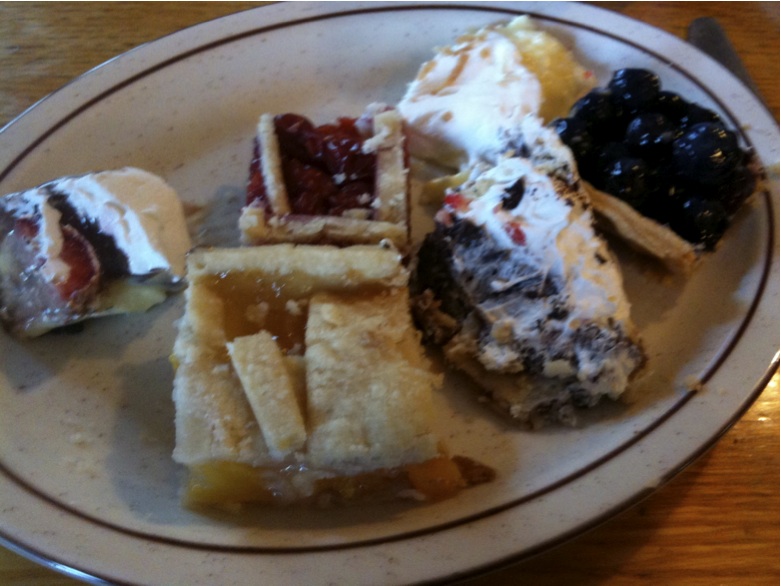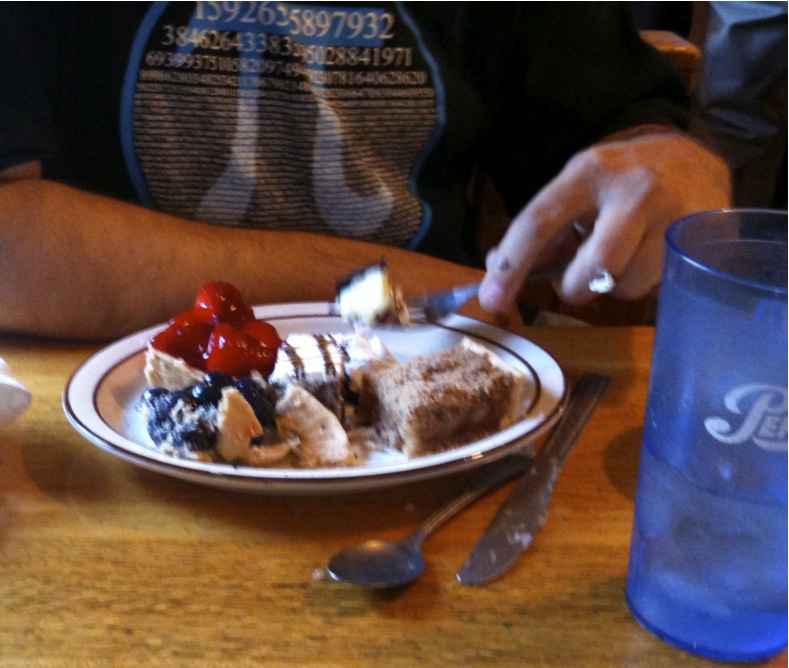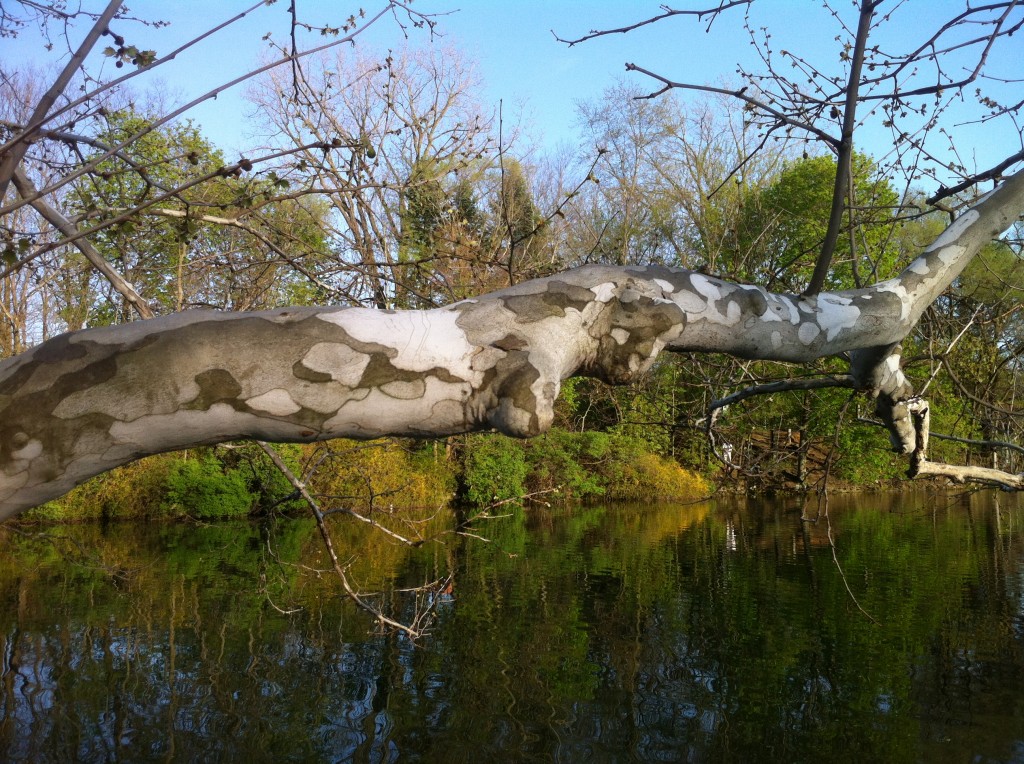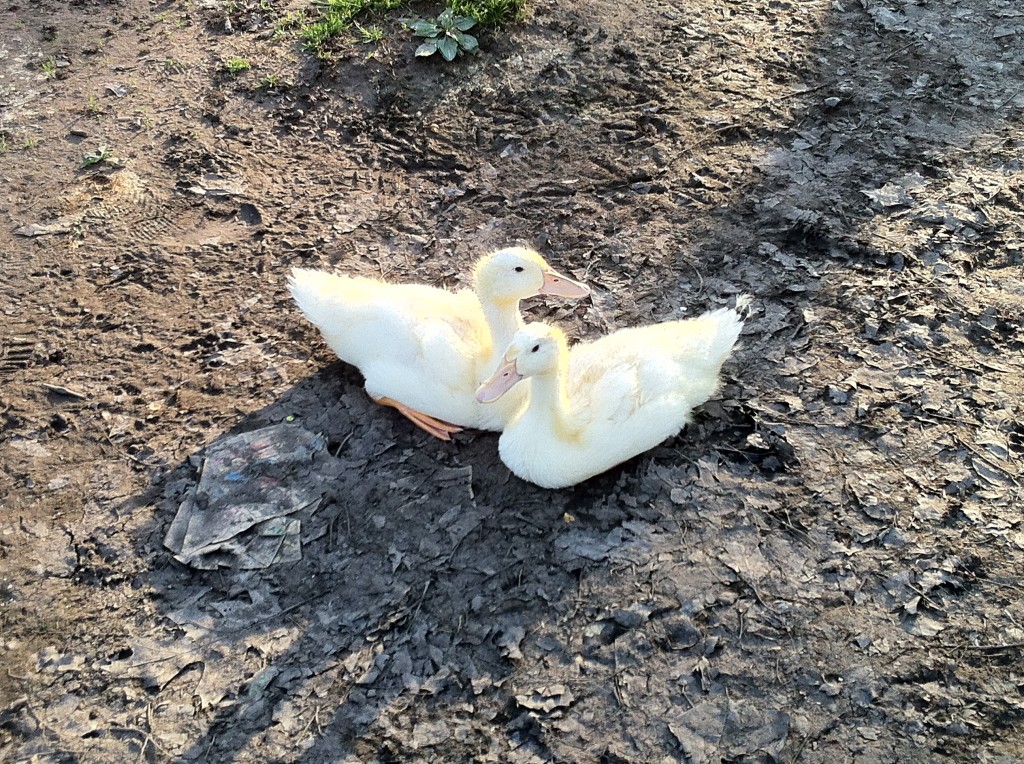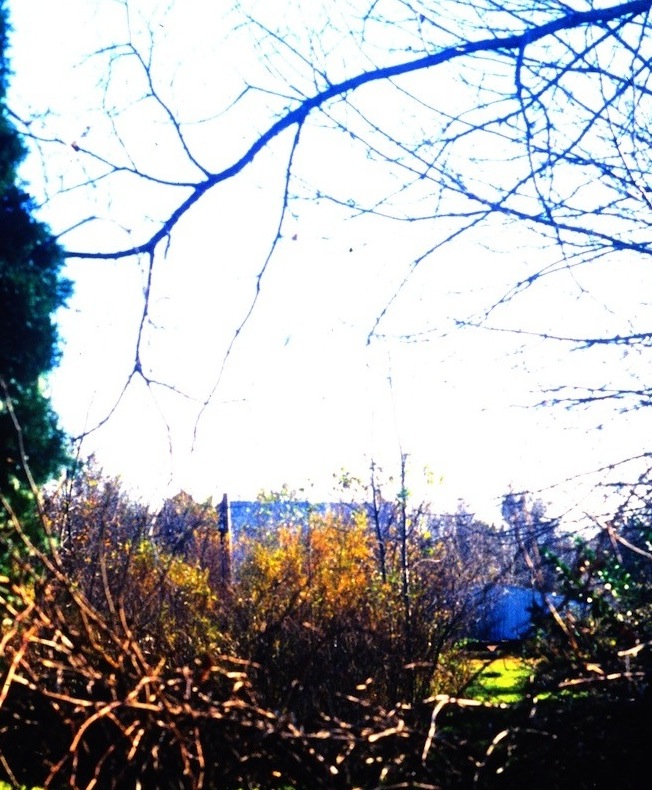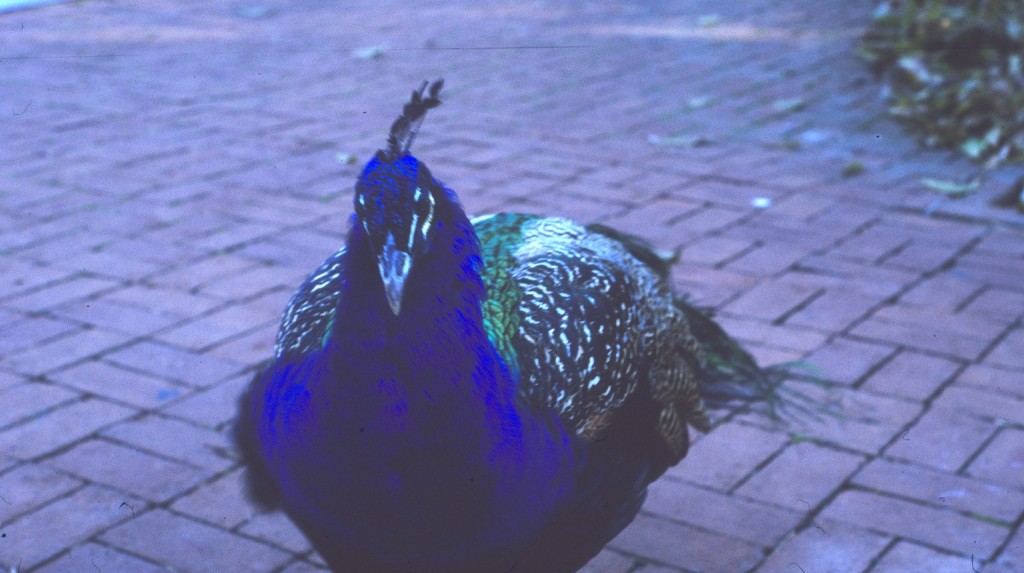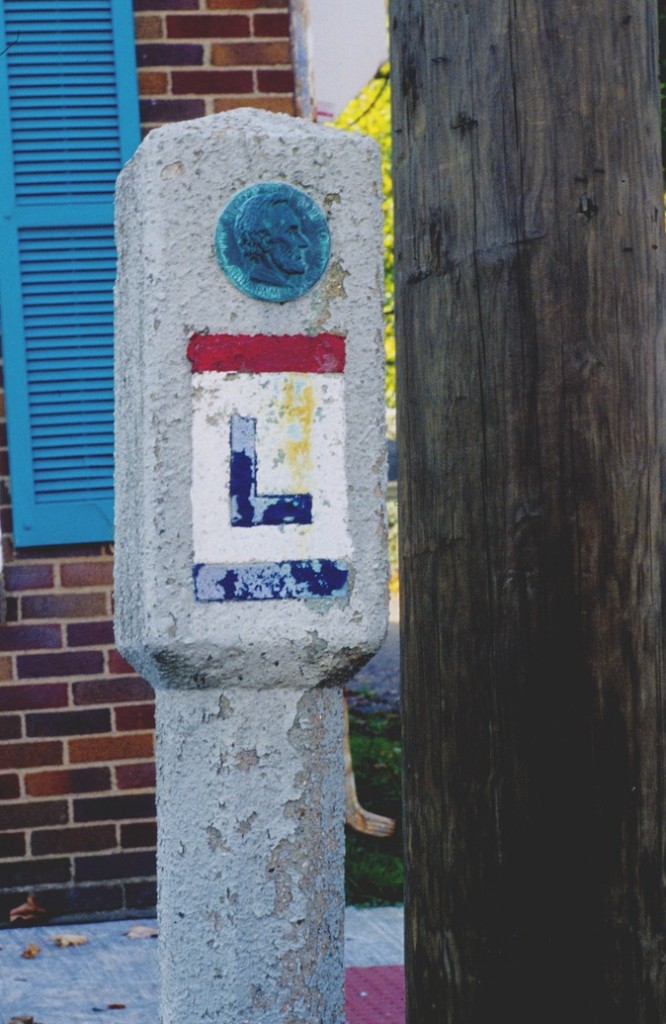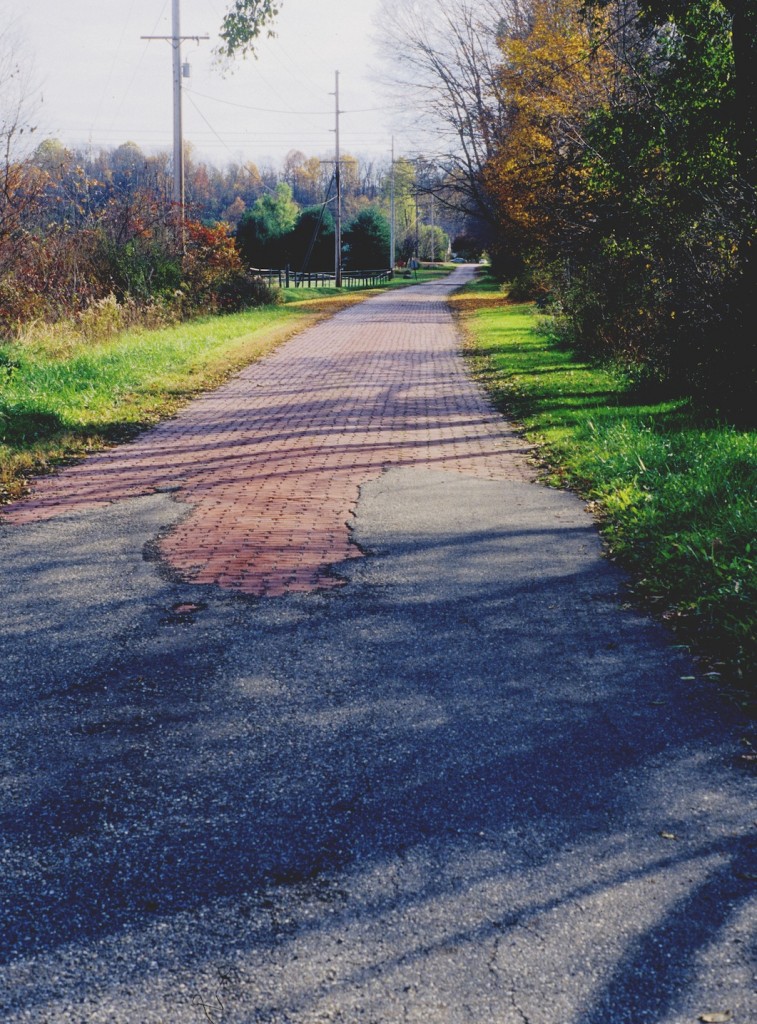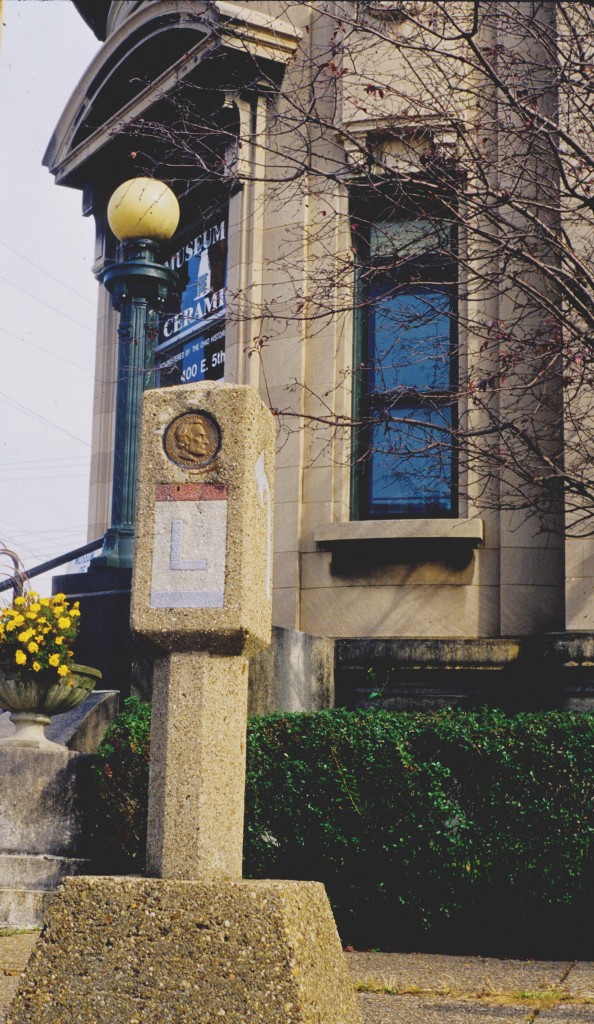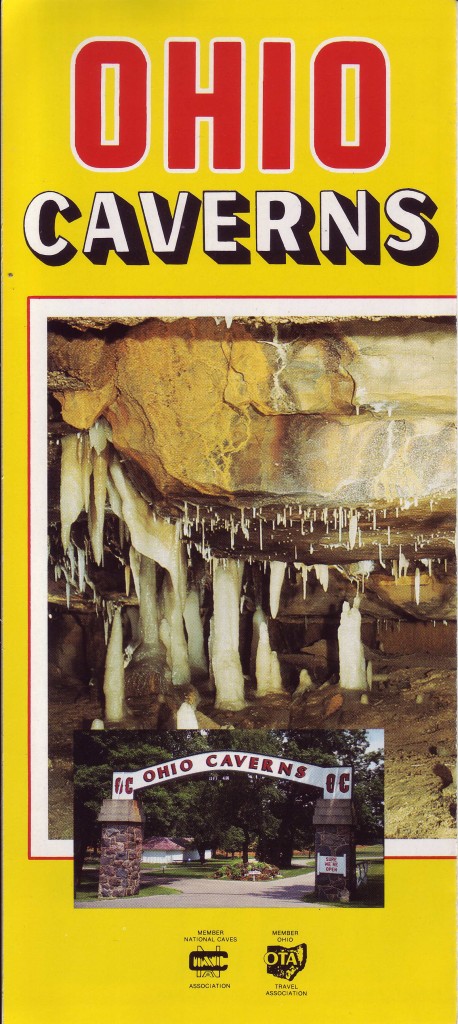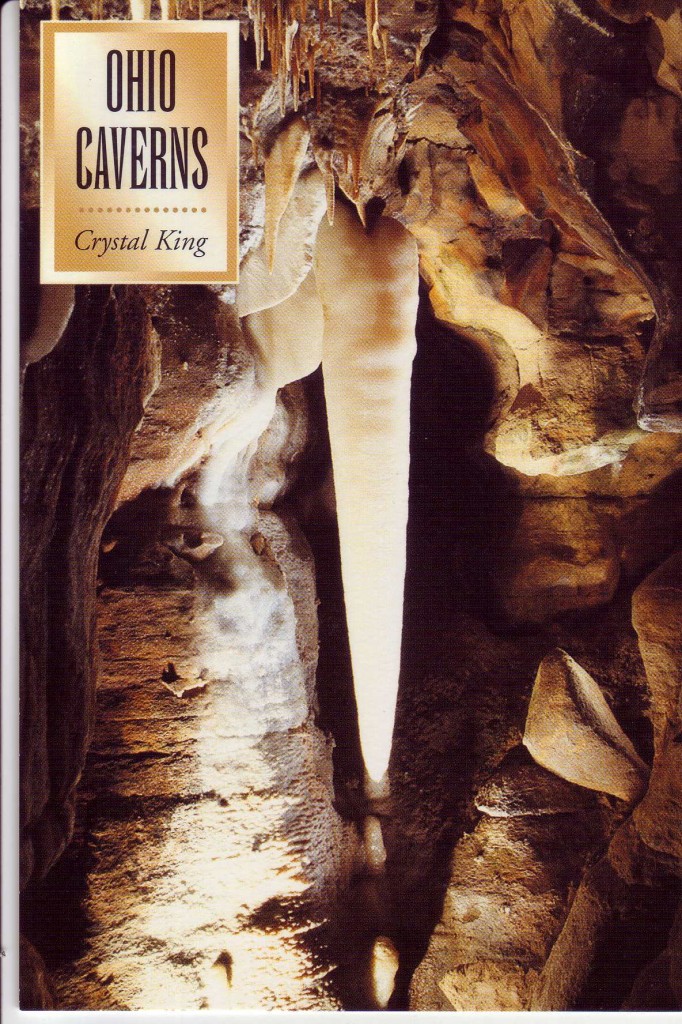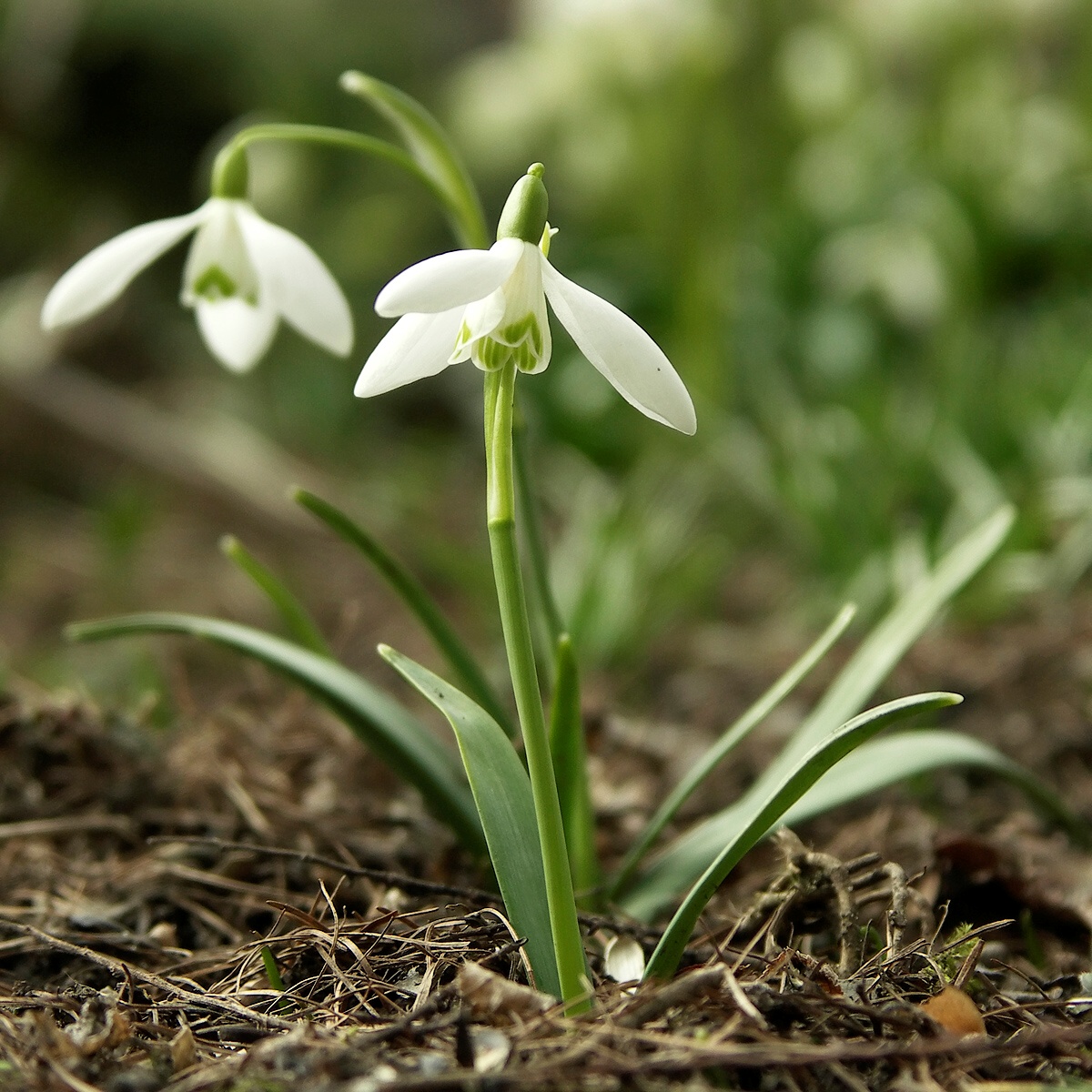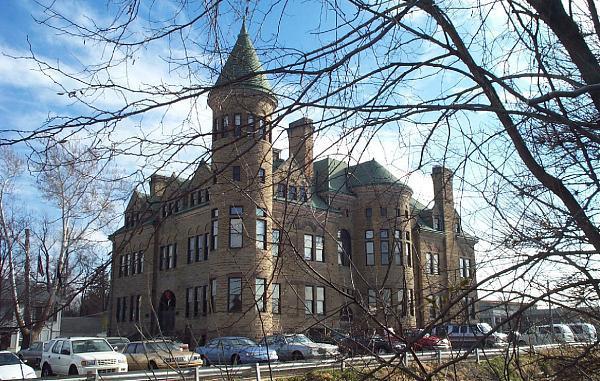Okay, I’m officially sick of it. For eight years, George W. Bush consistently, if not purposely, mispronounced “nuclear,” “remnant,” and a whole host of other words. Many people would accuse me of being an intellectual elitist for holding this against him. I do not consider myself an intellectual elitist.
Now, Rick Santorum is raising anti-intellectualism to new heights–or is it depths? He says that President Obama wants all Americans to go to college because Obama wants all Americans brainwashed by liberal college professors.
WHAT? ARE YOU KIDDING ME? I went to college, and the point of it is not to indoctrinate, but to get students to think through problems. Look, as a moderate I have a lot of problems with Obama, but when you tell me that he’s trying to indoctrinate people by sending them to college, then you’ve crossed over into the Twilight Zone, Rick.
Note to Republicans: If you want to win this race, or at least you want moderates to vote for you, then this kind of stuff has to stop.
Second note to Republicans and everyone who agrees with this: you want America to compete in the global economy? You want us to be at the top of the heap again after becoming a laughingstock in the last 30 years? Here’s a hint: we need to embrace intellectualism, achievement, and just plain horse sense instead of condemning accomplishment as “elitist.” You love that sort of name-calling, and I get it, but there was once another school that condemned intellectual achievement. They called it Communism. Don’t believe me? Read Marx. (By the way, Nazis did that, too.)
I miss the old halcyon days when being halfway intelligent was considered a good thing. Bush paid lip service to “No Child Left Behind,” but then turned around and established a role model for America’s youth that makes my skin crawl. I heard him give a commencement speech at Yale in which he boasted of being a poor student and saying that it had not hurt his career. Stupidity is not a crime, certainly, and neither is knowledge of one’s own stupidity. On the other hand, the idea that we should be proud of our own stupidity is beyond me.
I have many Republican friends who complain that we want to upgrade the school system and that our answer is to spend more money on the schools. They say that spending money is not necessarily the right answer. After all, many of the industrialized countries of the world spend less per capita than we do on our children, and somehow they beat us in standardized testing. Maybe “all them foreigners” are elites.
Perhaps we are victims of a sick culture. We have a culture today that appears to celebrate stupidity. Any kind of thoughtful examination is sacrilege. Introspection is for the weak. But it goes deeper than that. In our culture and in our media, people who are intellectuals are portrayed as geeks and social misfits. They are people to avoid. To be sure, there are a great number of intellectual people who are socially maladjusted. However, that is a generalization about as fair as those who portray people from the South as possum-eating hicks.
When was the last time a major film depicted the scientist as a hero? We get Jeff Goldblum in the Jurassic Park series, perhaps, but (much as I like Goldblum) his gawky look typifies the geeky intellectual that Hollywood goes after. Goldblum doesn’t get the girl at the end of the picture.
I am generally of the opinion that Hollywood reflects society rather than shaping it. If we look at the history of scientists or intellectuals portrayed in the movies, we see that they were mad scientists (Rudolf Klein-Rogge in Metropolis) in the 1920s, a little more controlled in the 30s, but still mad and over the top (Colin Clive in Frankenstein), and morphed into the diligent doctor who had good intentions but not enough ethics and foresight (Boris Karloff in The Man with Nine Lives) by the 1940s. But in the 1950s, a new type of scientist emerged. The kind of scientist we so desperately need as a role model for America’s youth of today. Richard Carlson!
Carlson (1912-1977) was admittedly not the greatest actor ever to grace the screen. His screen career was marred with a plethora of sub-par early roles, although he did surface in Bob Hope’s The Ghost Breakers (1939). His true breakthrough role came in 1953 when he was cast as the heroic scientist in It Came From Outer Space (1953). This was followed by appearances in other classic 50s fare like The Magnetic Monster (1953), and The Creature from the Black Lagoon (1954). In most of his appearances, Carlson played an earnest, handsome scientist who used his brains to get through the movie. He was not insensitive to those who were less learned than he (especially hot chicks like Julia Adams), but rather, he worked with everyone to get the right answer.
Carlson was so successful at this type of role that he was recruited for a lamentably short series of films made by Bell Telephone in the late 1950s. Bell felt that the best hope for young Americans was to pursue and understand the sciences. Wanting to promote these ideas, they did the same thing that the US Government had done in the 1940s to explain WWII to the masses. They hired the best director they could afford, Frank Capra, and then Capra hired top creative people to help him make films that promoted science in the schoolroom. (It should be noted that Mr. Capra was nobody’s liberal.)
Carlson appeared in Our Mr. Sun (1956), about the sun, Hemo the Magnificent (1957), about the circulation of blood, The Strange Case of the Cosmic Rays (1957), and The Unchained Goddess (1958) about weather and ways of measuring it. These films are today minor classics in the field of education. In most of them, Carlson appears as an inquisitive scientist or reporter, and is aided by real life intellectual Dr. Frank Baxter. At interludes we are treated to explanatory cartoon segments directed by Road Runner creator Chuck Jones.
Carlson typified a type of character not seen today. He was a manly intellectual, unafraid of his intelligence, ready to use it to help others. The 1950s offered many similar characters. One need only look to Gene Barry’s scientist in War of the Worlds (1953) or Kevin McCarthy’s kind but wise doctor in Invasion of the Body Snatchers (1956). While sometimes there were unethical or stupid scientists in these films, the heroes were always the smart ones and they got the girl. They weren’t the drooling geek scientists of today.
Unfortunately, this kind of 1950s character did not live long. By the time Star Trek got hold of the idea, they had split the character into the stoic scientist, Mr. Spock, and the action-minded pseudo-intellectual Captain Kirk. It was never to be the same afterward. Even the early James Bond movies presented Bond as a smart (albeit pompous) guy who was only slightly less capable than his superiors. Bond would often attend a meeting with his boss only to turn the tables and end up lecturing the lecturer. It was also a creative bit of screenwriting that helped advance the plot while amusing the audience. Later on, this bit of character was dropped, and Bond became more mindless and action-oriented, rather like the films themselves.
Despite the spin that Pat Robertson would put on things, these 50s movies did not disdain faith in a higher power. Certainly we can point to the preacher in War of the Worlds who gets fried by a Martian ray early on. He’s quoting Bible verses as he walks toward the aliens, who take one look at him and open fire. But the point here is that he gets fried not because his faith is wrong, but because he is so stupid! Later on, the survivors of a wrecked city gather in a church to pray together, including the scientist, and those pesky Martians are eventually killed by Earth’s bacteria, those things that, according to the film’s narrator, “God, in his wisdom, put upon the Earth.”
This hammers home producer George Pal’s point that faith is helpful, and that reason is helpful. Gene Barry’s scientist is fairly powerless to help against the onslaught, and the minister who blindly quotes the Bible is even more useless. Perhaps the combination of faith and reason is helpful.
And this brings us back to the present day. If we bring up reasoned arguments against Republican policies, then we are branded as unfeeling, unpatriotic people. We can argue all we want about the facts that we have spent too much money in Iraq, that our goal of getting cheap oil has not worked, that our goal of getting the Iraqi people freedom has not (thus far) worked, that our goal of making the world a more peaceful place has not worked, and that our ideal of keeping nuclear nations from proliferating is not working. Bringing up these reasonable facts is not unpatriotic.
The Republicans are throwing faith without reason at us. By doing so, they are being as naive as the preacher who walked straight at the Martians. Alas, reason without faith can equally unattractive. Can we have a balance? Can we all just get along? Do we have to call each other names and ignore a point of view just because it belongs to the other party?
The thing that saddens me is that anti-intellectualism has caught on like wildfire. We were even sold the idea that Bush was the kind of guy you’d like to have a beer with (although I shudder to have a beer with an alcoholic). So what? That doesn’t qualify him to be the leader of the free world.
The leader of the free world needs to be a person who understands faith and reason, who thinks before talking, who contemplates before acting. He needs to be smart but not condescending, sensitive but not weak. He needs to be not the kind of guy you’d want to have a beer with, but the kind of guy you’d like to pass on the street and breathe a sigh of relief that he’s looking out for your way of life. He needs to promote healthy intellectual activity as a necessary American trait and not one of geeks who will never get a date.
I want a president who knows that, no matter how much money we spend on schools, we’ll never get great academic achievement unless our culture changes to reflect a value in education. We need to find that the classic rugged American individualism does not necessitate ignorance as well. People who celebrate stupidity need to be the dateless wonders of the next generation, and the smart guys who should be running things need to start doing so.
In short, we need Richard Carlson for President.
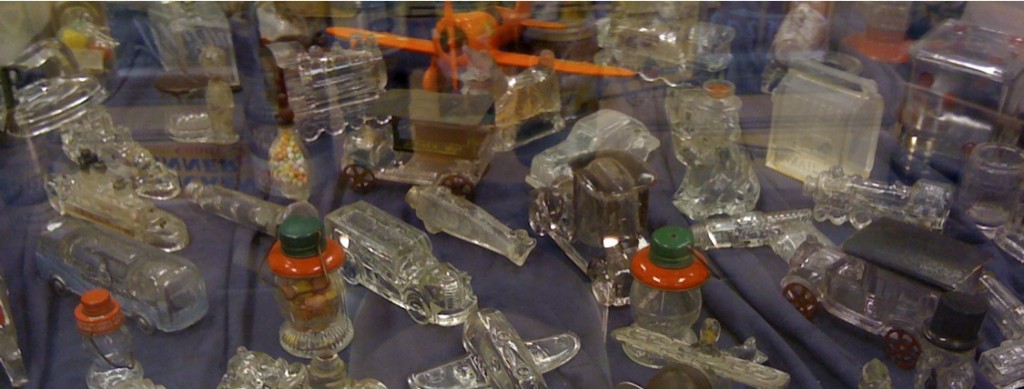 Choosing from among all the wonderful candies was a lot of work, so we decided to have a light lunch in the back, where there is an old-fashioned soda fountain and some tables and booths. Heavenly days, they had phosphates and venerable lunch counter fare, so I ordered an egg salad sandwich and a chocolate phosphate, just as I used to do when I had lunch with my Mommy and Granny at Kresge’s in downtown South Bend. As I sat bathed in nostalgia I thought what an appropriate place to be. It was my mother’s birthday, and she would’ve loved this place (and probably would have ordered the same thing.) Not only for the childhood memories; she and I used to wander around the state quite a bit and sought out such places–not for us the boring fast food. The tear that fell was one of joy and a sense of her presence.
Choosing from among all the wonderful candies was a lot of work, so we decided to have a light lunch in the back, where there is an old-fashioned soda fountain and some tables and booths. Heavenly days, they had phosphates and venerable lunch counter fare, so I ordered an egg salad sandwich and a chocolate phosphate, just as I used to do when I had lunch with my Mommy and Granny at Kresge’s in downtown South Bend. As I sat bathed in nostalgia I thought what an appropriate place to be. It was my mother’s birthday, and she would’ve loved this place (and probably would have ordered the same thing.) Not only for the childhood memories; she and I used to wander around the state quite a bit and sought out such places–not for us the boring fast food. The tear that fell was one of joy and a sense of her presence.
